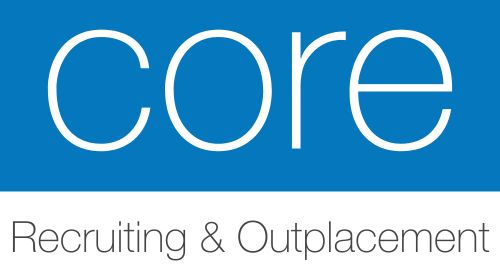
gold ira reviews
FollowOverview
-
Founded Date September 13, 1952
-
Sectors Media
Company Description
Case Examine: Transferring an IRA To Gold – A Strategic Funding Choice
Introduction
In recent times, the monetary panorama has seen a major shift towards various investments, particularly in precious metals like gold. Traders are more and more recognizing the advantages of diversifying their portfolios with tangible assets. This case study explores the method, benefits, and considerations of transferring a person Retirement Account (IRA) into gold, providing a complete overview for people contemplating this strategic funding determination.
The Background of IRAs and Gold Investments
A person Retirement Account (IRA) is a tax-advantaged account designed to assist individuals save for retirement. Traditional IRAs allow for tax-deductible contributions, while Roth IRAs present tax-free withdrawals in retirement. Nevertheless, standard IRAs sometimes restrict investments to stocks, bonds, and mutual funds. As a response to economic uncertainties, many traders are actually looking to Gold ira companies reviews as a hedge against inflation and market volatility.
Gold has traditionally been viewed as a secure-haven asset. Its value tends to remain stable and even enhance during economic downturns, making it a horny possibility for retirement savings. The process of transferring an IRA to gold entails organising a self-directed IRA that permits investments in physical gold and different treasured metals.
The Strategy of Transferring an IRA to Gold
- Research and Select a Custodian
Step one in transferring an IRA to gold is to pick out a custodian that focuses on self-directed IRAs. Not all custodians enable for gold investments, so it is essential to find one that does. Look for custodians with a strong popularity, transparent charge structures, and a wide range of funding options.
- Open a Self-Directed IRA
Once a custodian is chosen, the next step is to open a self-directed IRA account. This kind of account provides the flexibleness to put money into a broader range of property, including gold bullion, coins, and other treasured metals. The custodian will present the required paperwork and steering throughout the method.
- Fund the Self-Directed IRA
After opening the account, the investor must fund it. This can be achieved by way of a direct transfer from an existing IRA or by rolling over funds from a 401(k) or other retirement accounts. It is important to observe IRS rules to avoid tax penalties throughout this switch course of.
- Choose and purchase Gold
With the account funded, the investor can now choose the type of gold to buy. Choices may embrace gold bullion bars, coins, or ETFs that observe the price of gold. It’s vital to make sure that the chosen gold meets IRS standards for purity and is stored in an accepted depository.
- Storage and Insurance
The IRS requires that physical gold in a self-directed IRA be stored in an permitted depository. Traders must arrange for the gold to be securely saved and may also consider insuring their investment to protect against theft or loss.
Advantages of Transferring an IRA to Gold
- Hedge Against Inflation
Gold has lengthy been thought-about a hedge in opposition to inflation. As the price of dwelling rises, the value of gold typically increases, helping to preserve the purchasing power of retirement savings.
- Portfolio Diversification
Adding gold to an investment portfolio can reduce total threat. Since gold typically moves inversely to stock markets, it will probably provide stability throughout periods of financial uncertainty.
- Tangible Asset
In contrast to stocks and bonds, gold is a physical asset that investors can hold. This tangibility can provide peace of mind, particularly during times of financial instability.
- Potential for Appreciation
Traditionally, gold has shown the potential for long-time period appreciation. As international demand for gold rises, significantly in rising markets, the value of gold investments might increase.
Considerations and Dangers
While transferring an IRA to gold has its advantages, there are additionally important issues and dangers to remember:
- Market Volatility
Like any funding, the price of gold will be risky. Investors should be prepared for fluctuations in value and have a protracted-time period perspective.
- Charges and Prices
Self-directed IRAs usually come with increased fees compared to traditional IRAs. These may embrace custodian charges, storage charges, and transaction prices. It’s crucial to grasp the fee structure earlier than proceeding.
- Regulatory Compliance
The IRS has particular laws regarding the sorts of gold that may be held in an IRA and how it should be stored. Investors should ensure compliance to keep away from penalties.
- Liquidity Concerns
Whereas gold is usually a invaluable asset, it is probably not as liquid as stocks or bonds. Promoting gold can take time and may contain extra costs.
Conclusion
Transferring an IRA to gold can be a strategic move for buyers looking to diversify their retirement portfolios and protect against economic uncertainty. By understanding the method and weighing the advantages against the risks, people can make informed choices about incorporating gold into their retirement savings strategy. As with any investment, it is advisable to conduct thorough research and seek the advice of with financial advisors to tailor the strategy to individual monetary objectives and circumstances. The allure of gold as a protected-haven asset continues to attract traders, making it a relevant consideration for retirement planning in at the moment’s financial local weather.

